I was daydreaming the other day. I dreamt I was back home feasting on mangoes.
I was standing in a river that meandered for miles and miles. Stout mango trees heavy with fragrant fruit dotted the river bank. Above my head, birds freely frolicked on the gnarled, brawny branches, communicating in a language so melodic.
The water swelled up to my waist. It was cold. Refreshingly cold. It was so clear that I could see right through it. I could see my bare feet that looked too pale in the blinding sun. I could see my toes and the cloud of dirt that billowed whenever I scrunched them. I could see the round, smooth stones that lined the river bed. Pebbles of different shades of gray. Some were as dark as charcoal, some were as light as silver, almost metallic. Others were unblemished white.
To my heart’s content, I was feasting on mangoes I had just picked from the trees. I swaddled them in my white handkerchief whose two opposite corners I tied into a knot. I let them soak in the cold river water for a while to chill them and then, one by one, I peeled them whole. Clumsily, at first then carefully. Methodically. I held the golden fruit firmly with one hand and peeled it with the other, starting with a pinch at its pointed tip then spiraling down toward its plump end.
The sweet scent wafted to my nose. The sweet juice dribbled down my chin. The sweet flesh melted in my mouth. If there’s one thing I truly miss about home it must be the mangoes. Nothing compares to the sweet, summer fruit of home.
Mango Jam and Mango Raspberry Jam Recipe, makes four half-pint jars
For calcium water
1/2 teaspoons Pomona’s Universal Pectin white calcium powder
1/2 cup water
For mango jam and mango raspberry jam
4 cups ripe mango, mashed from about eight ripe Manila mangoes (for mango raspberry jam use 3 cups mashed mango and 1 cup mashed raspberry)
1/4 cup calamansi or lemon juice
4 teaspoons calcium water
1 cup sugar
3 teaspoons Pomona’s Universal Pectin pectin
Mangoes are low in pectin, the natural gelling agent in fruit jams and jellies. Without sufficient pectin, fruits and fruit juices will not thicken and gel. Fruits high in pectin like green apples can be added to mangoes to make jam. Also, commercially produced pectin can be used as gelling agent. I use Pomona’s Universal Pectin, which is a sugar-free and preservative-free pectin. The pectin is activated by calcium and not sugar, which means jams and jellies can be made without adding a lot of sugar. A box of Pomona’s Universal Pectin contains both pectin and calcium powder.
The acidity of mangoes varies considerably. Adding citrus makes sure that it is safe to process the jam in a boiling water bath. Also, the citrus complements the flavor of mangoes beautifully.
Start by washing canning jars, lids, and screw bands in hot, soapy water. Rinse them well and drain. Keep the jars and lids in hot water until ready to use.
Before making jam, make calcium water. Dissolve 1/2 teaspoons white calcium powder in 1/2 cup water in a small, clear jar with lid. This calcium water is more than enough to make one batch of mango jam. Store the remaining calcium water in the refrigerator. This will keep for a number of months. Discard it if you see any discoloration. Shake well before using.
Place mango, citrus, and calcium water in a large, nonreactive pan and stir well. When making mango raspberry jam, use a cup of raspberries for every three cups of mangoes.
Mix sugar and pectin in a bowl and stir well.
Bring mango to boil over medium heat. Add sugar and stir vigorously until completely dissolved, about two minutes. Return to boil and remove from heat.
Fill jars to a quarter inch of top. Wipe rims clean. Place lids on jars then screw on the screw bands.
Place jars in a canner or large pot. Fill the canner with water until it covers the jars by at least an inch. Cover the canner with its lid and bring the water to a full rolling boil over high heat. Boil for 10 minutes. Turn the heat off and remove the canner lid. Let the canner cool for 5 minutes. Remove the jars and let them cool. Check the seals. Label sealed jars and store in a cool, dark place for up to a year. Refrigerate after opening.
The sweetness and ripeness of mangoes obviously vary. Making a one-cup test batch before committing to a big batch is a good idea to check for sweetness and gelling. The box of Pomona’s Universal Pectin comes with helpful tips and recipes for making preserves. To learn more about canning, Ball Complete Book of Home Preserving and Canning for a New Generation: Bold, Fresh Flavors for the Modern Pantry
are two canning books I recommend.
The biggest challenge in making homemade pan de sal is making it light and fluffy and not dense. A key thing to remember when making pan de sal is patience. Make sure that yeast is active and dough is kneaded well. Be patient, let the bread rise and rest, and you will be rewarded with light and fluffy rolls.
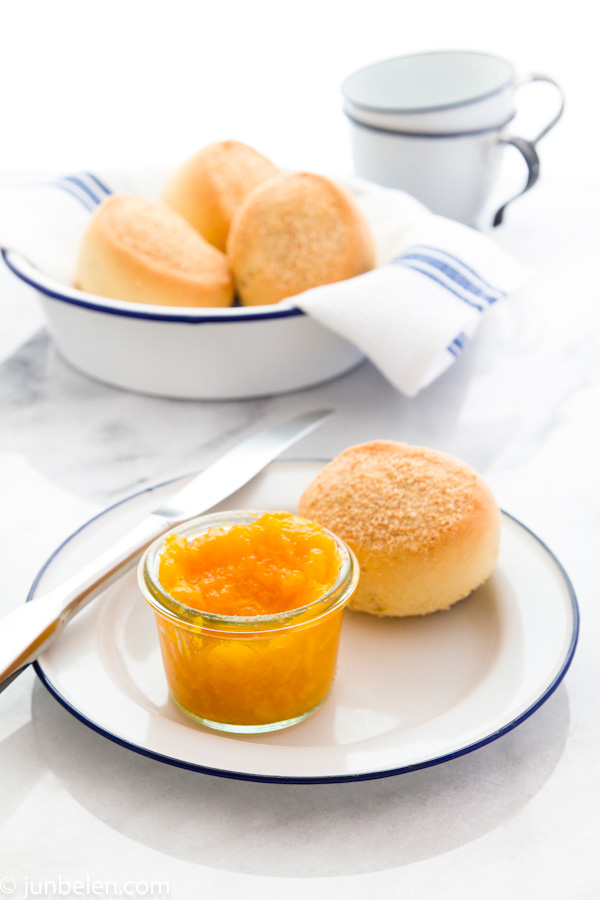
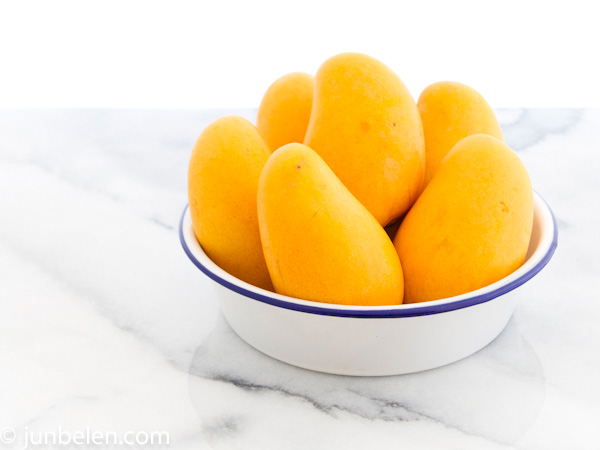
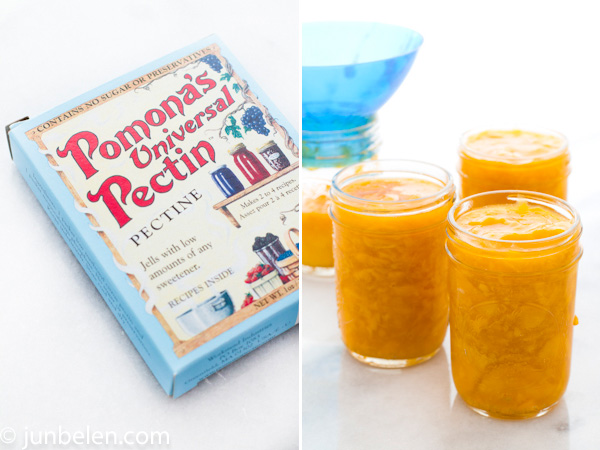
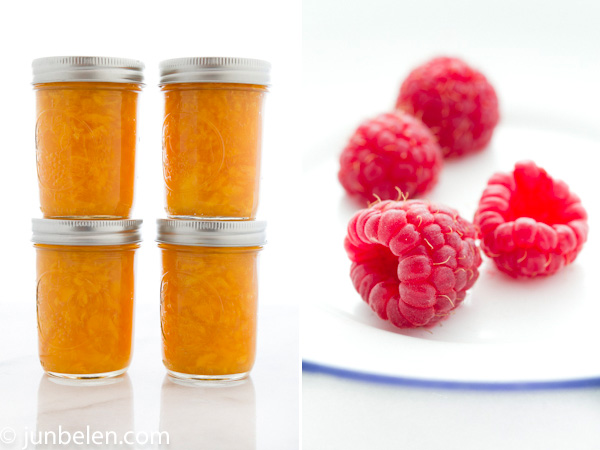
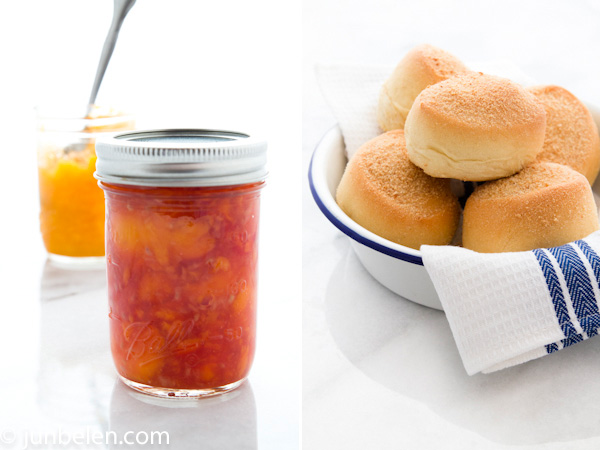
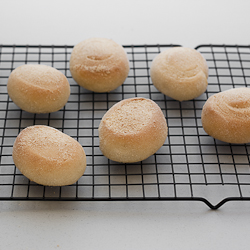
Pingback: How to Make Mango Bread | Jun-Blog()